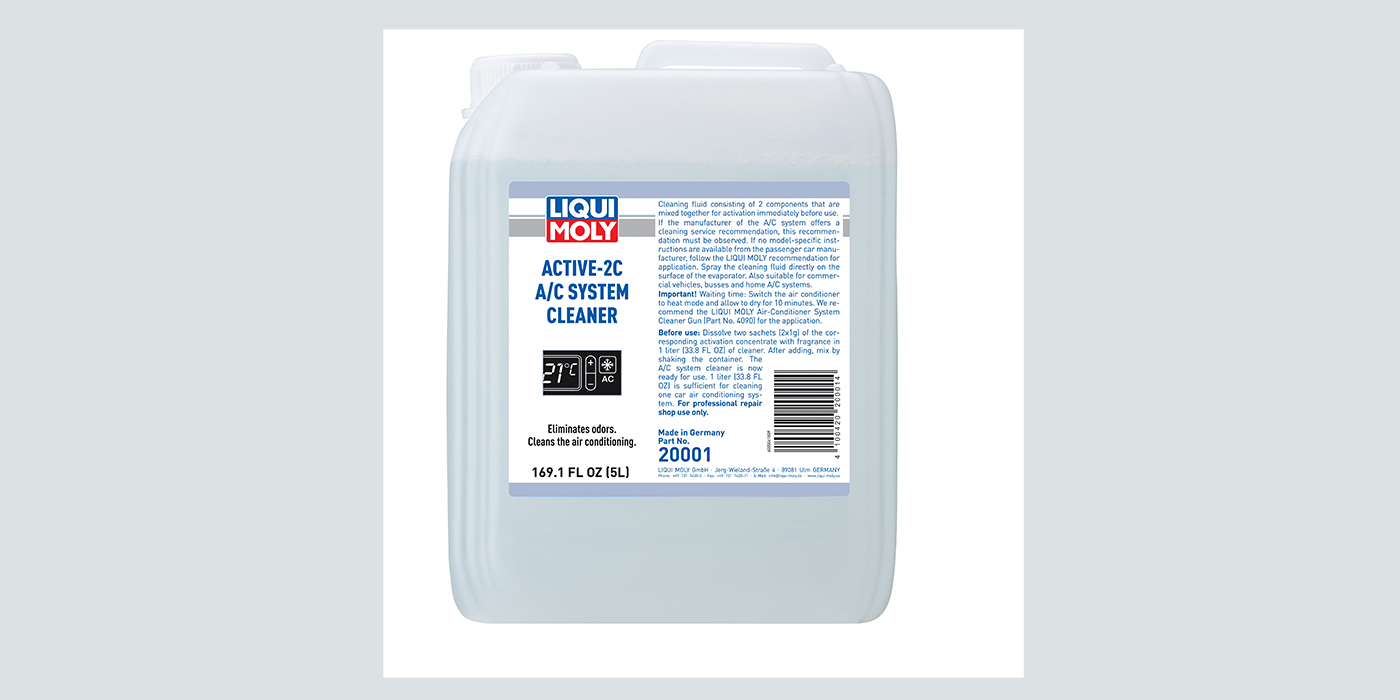DuPont Fluorochemicals announced in February that the company has identified and is now testing new proprietary refrigerants that will meet the European Union (EU) requirements to reduce the global warming potential (GWP) of refrigerants in future automotive air conditioning systems.
The new refrigerants are expected to be compatible with conventional hydrofluorocarbon (HFC) 134a automotive air conditioning systems with the potential for only minor modifications. These new refrigerants are expected to be commercialized within three to five years, in time to meet the timeline set by the pending EU F-Gas regulation. The F-Gas requirements call for the phaseout of hydrofluorocarbon HFC-134a in all new vehicle models beginning in 2011, and in all new cars by 2017, and replaced with alternatives having GWPs lower than 150.
The new DuPont refrigerants, which are now undergoing performance, toxicity and safety testing, are expected to be non-flammable and have significantly lower GWP than current refrigerants. Unlike CO2, however, these newly developed refrigerants are expected to offer similar performance to HFC-134a and would not require a complete redesign of current automotive air conditioning systems. DuPont said it is currently working with key players in the industry to ensure that solutions under development will meet the needs of the industry. Mark Baunchalk, global business manager, DuPont Refrigerants, said the new products will provide practical alternatives to experimental technologies such as CO2, which would require radical changes and the costly redesign of conventional automotive air conditioning systems. For more information on DuPont Refrigerants, visit www.refrigerants.dupont.com.
Preventing Repeat Compressor Problems by Performing Complete Repairs
Automotive service shops often can avoid repeat repairs of air conditioning compressors by replacing the compressor, condenser and other affected parts during the initial service occasion, according to Reno Farrugia, climate product manager for Visteon Corp., who spoke in January at the Mobile Air Conditioning Society (MACS) 2006 Convention and Trade Show. Farrugia recommends that service providers replace the compressor, condenser, accumulator/receiver drier, expansion device (thermo-expansion valve or orifice tube) and any system hoses containing mufflers in cases where the compressor has seized due to a lack of lubrication. Although the condenser and other components might not initially appear to have been damaged, compressor-related debris is likely to cause a plugged condenser and other issues.
“A growing number of A/C technicians have discovered that simply flushing the system often won’t remove all of the debris from the system. Most condensers contain a tube size and shape that make them virtually impossible to flush thoroughly,” said Farrugia. “The best value for the shop and consumer in these situations is to replace all components potentially impacted by the compressor’s failure.”
In cases where the compressor issue has not contaminated the A/C system — as when a leaking seal causes refrigerant loss — replacement of the compressor alone will likely suffice, according to Farrugia. “In those cases, you don’t have to worry about particulate matter being circulated through other system components,” he said. “The ultimate objective in every A/C repair is to ensure there is no contamination of the system. Unfortunately, we see cases of repeat repairs that could have been avoided by replacing all of the components affected by the initial failure of the compressor.”
MACS members recommend that shops try to rely on visual aids such as component cutaways and system diagrams to explain to the vehicle owner the need for multiple parts replacement. “Obviously, the consumer would rather replace only the compressor, but they’re far more likely to authorize the complete repair if they understand how the initial problem has effected the condenser and other system components,” Farrugia said. “The last thing anybody wants is to have to pay for a job twice, so explaining these facts becomes a real source of value for the customer.”
For domestic and import vehicle A/C service and repair articles pertaining to compressors and other A/C components, visit www.underhoodservice.com and type in the word “compressors” after clicking onto the Search Back Issues function from the homepage.











